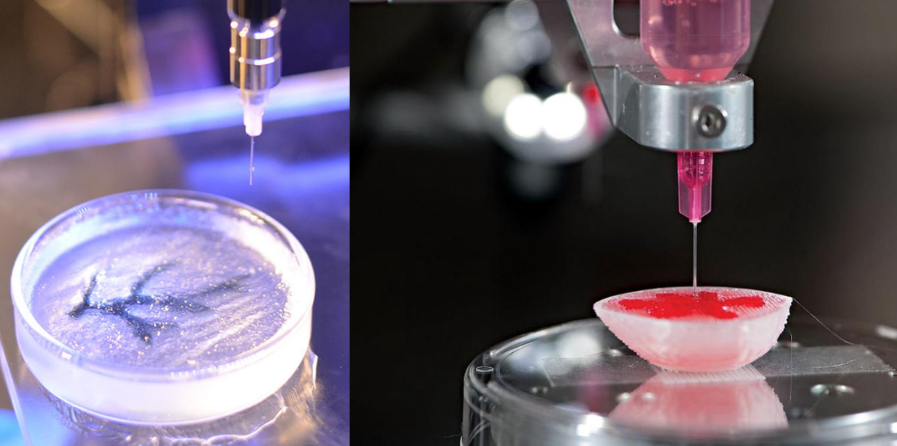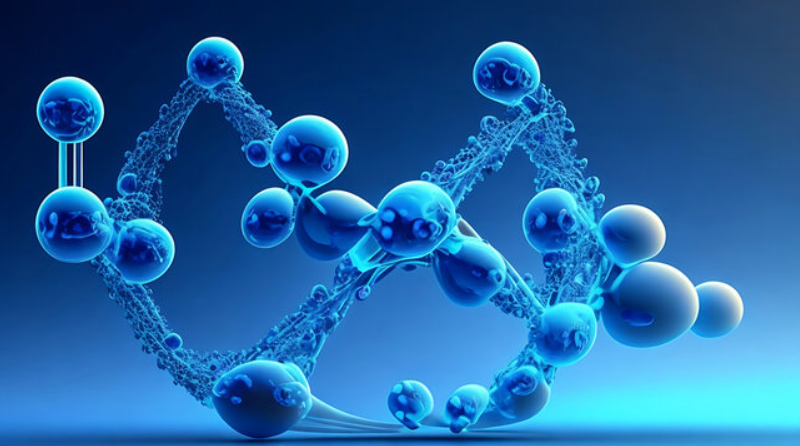Food & Beverages
Flavonoid: The Secret Ingredient in Plant-based Diet
Overview of Flavonoids:
In the past decades, scientists have discovered the cardiovascular advantages of consuming plant-based diets such as Mediterranean, MIND, and DASH diets. As there is a drastic change in the food consumption pattern of individuals, they are now focusing on the role of plant-based diets in protecting humans against chronic diseases. Flavonoid, a type of nutrient found in plants, are gaining high attention for their potential benefits against such diseases.
Flavonoids are natural substances that have phenolic structures and are found in fruits, vegetables, grains, bark, roots, tea, stems, wine, and flowers. These are essential components in nutraceuticals, pharmaceuticals, cosmetics, and medicines due to their capacity to modulate key cellular enzyme functions and several unique properties.
Flavonoids are cost-effective medicinal components that have several benefits, such as anti-inflammatory, antiviral, anti-inflammatory, anti-oxidative, anti-mutagenic, and anti-carcinogenic properties, and are also capable of conducting neuroprotective and cardio-protective activities. The type of flavonoid, its mode of action, and its bioavailability determine these biological activities.
However, these flavonoids possess certain disadvantages, one of these is its instability against environmental stress, such as heat, light, and oxidation. Additionally, the bioavailability of these compounds is low, limiting its potential health benefits. To address these issues, various scientists are trying to encapsulate flavonoids to preserve their chemical integrity and pharmacological activity.
Flavonoids are categorized into different subgroups based on their degree of unsaturation and oxidation of the carbon ring present in them. Below are the six major categories:
Flavones:
Flavones are widely present in flowers, leaves, and fruits in the form of glucosides. Luteolin, apigenin, and tangerine are a few types of flavones and are commonly found in celery, parsley, red peppers, ginkgo biloba, and mint. Flavones are specialized metabolites involved in plant signaling and defense and are also key ingredients in the human diet, offering significant health benefits. In its natural forms, flavones exist as both O- and C-glycosides, with O-glycosides being more common and better absorbed. Flavones are not well absorbed compared to other polyphenols, resulting in lower plasma concentrations.
Flavonols:
Flavonols are a type of flavonoid that contain a ketone group and act as the building blocks of proanthocyanins. These are the most common and largest subgroup of flavonoids in fruits and vegetables due to their diverse methylation and hydroxylation patterns and different glycosylation patterns. The widely known flavonols include kaempferol, quercetin, myricetin, and fisetin are found abundantly in onions, kale, lettuce, tomatoes, apples, grapes, berries, tea, and red wine. The consumption of Flavonols can reduce the risk of vascular disease and are rich in antioxidant properties and.
Flavanones:
Flavanones, also known as dihydroflavones, are a group of flavonoids found in citrus fruits such as oranges, lemons, and grapes and are responsible for the taste of fruit and peel. These have free radical-scavenging properties and offer several health benefits and properties such as antioxidant and anti-inflammatory. Hesperidin, naringenin, and eriodictyol are a few types of flavanones.
Isoflavonoids:
Isoflavonoids are dietary antioxidants that are found in a few plants such as soybeans and other leguminous plants and some microbes. These compounds play a crucial role in the development of phytoalexins during plant-microbe interaction and are crucial for protecting the human body against various health diseases. For instance, genistein and daidzein are considered phytoestrogens due to their estrogenic activity.
Anthocyanins:
Anthocyanins are water-soluble flavonoids present in various types of fruits and vegetables such as black currant, cabbage, cranberries, merlot, red grapes, strawberries, blueberries, and raspberries. These components are responsible for colors in plants, fruits, and flowers. Delphinidin, pelargonidin, peonidin, cyanidin, and malvidin are some of the common types of anthocyanins. Some anthocyanins are also used in the food industry for various purposes due to their stability and health benefits.
Chalcone:
Chalone is characterized by the absence of a C ring in the basic flavonoid skeleton structure and thus is also called open-chain flavonoid. Phloridzin, arbutin, chalconaringenin, and phloretin are some types of chalone that are commonly found in pears, tomatoes, bearberries, strawberries as well as wheat products. These are of high nutritional and biological benefits.
Flavonoids Market Scenario:
The global flavonoids market size was USD 1.78 billion in 2023 and is expected to register a rapid CAGR of 5% during the forecast period. Owing to factors such as increasing consumer awareness about the health benefits of flavonoids, high demand for natural ingredients in food and beverage products, and growing applications in nutraceuticals and pharmaceuticals.
However, complex extraction and standardization, regulatory concerns, less research and development, and high cost are some of the key factors that can impact the overall market growth during the forecast period.
Follow us on LinkedIn - https://www.linkedin.com/company/xcellent-insights




